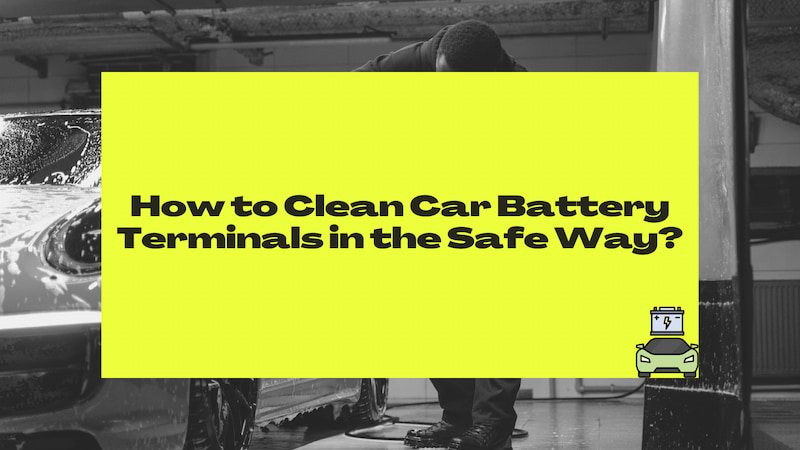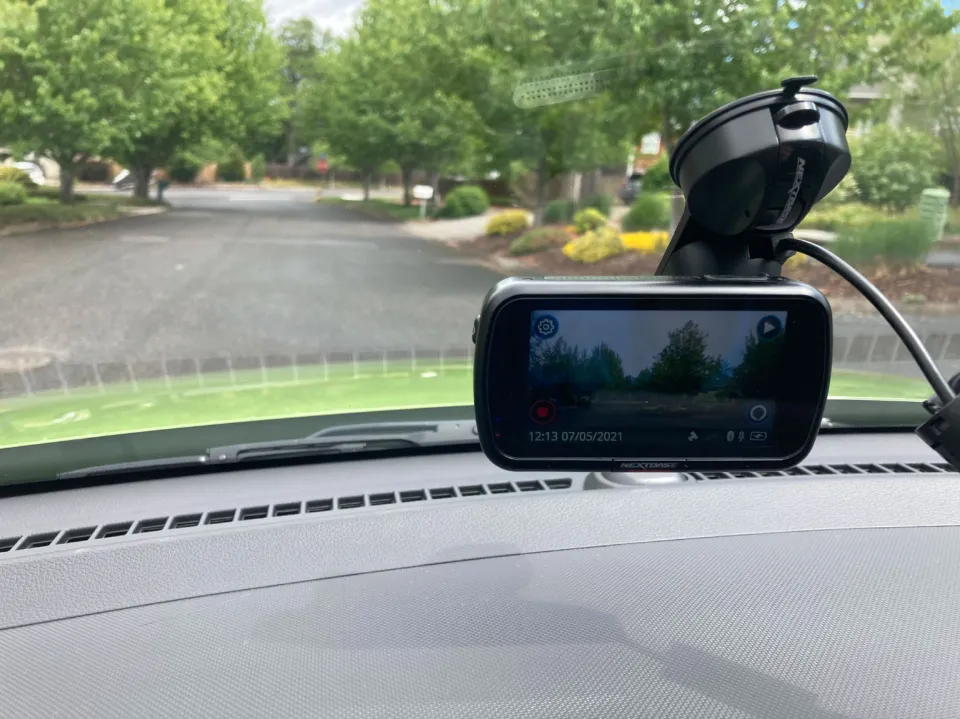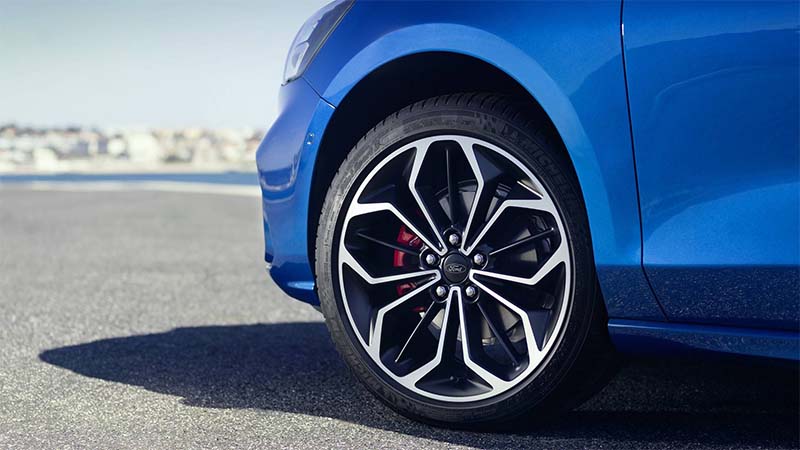Clean battery terminals aid in the battery’s ability to transfer voltage. Your car’s battery may not be functioning properly if the terminals are corroded. So, here’s how to clean car battery terminals:
- Ensure That Your Car Had Been Turned Off
- Remove the Cables, Working on the Negative One First
- Check the Car Battery for Any Damages
- Check the Car Battery Cables and Clamps for Any Damage
- Clean off the Corrosion With a Cleaning Agent or Baking Soda With Hot Water
- Rinse the Car Battery and Cables
- Dry the Battery
- Apply Petroleum Jelly, Terminal Protection Spray, or Anti-Corrosion Pads
- Reconnect the Cables, Starting With the Positive Cable
Please read on for more detailed information.
What Exactly is a Car Battery Terminal?
Batteries are used to power a lot of things in daily life, including your electric toothbrush, the remote control for your television, and your daughter’s dollhouse. It’s the same when you start your car.
You can’t drive a car if the batteries are dead, just like you can’t change the channel if the batteries in your remote are dead. Maintaining the parts around your vehicle’s battery is one way to make sure it’s functioning properly.
A terminal, which is one of these parts and is used to link a load or charger to the car’s battery, is one of these parts. We’ll describe how to clean the battery terminals and repair your car in the section that follows.
Required Tools
To remove corrosion from a car battery, only a few items are required. Some are even simple to find at home or simply affordable.
- Wrench
- Baking Soda With Hot Water or Battery Cleaner
- Battery Terminal Cleaner Brush or Old Toothbrush
- Cool Water
- Towel, Cloth, or Air Compressor
- Petroleum Jelly, Terminal Protection Spray, or Anti-Corrosion Pads
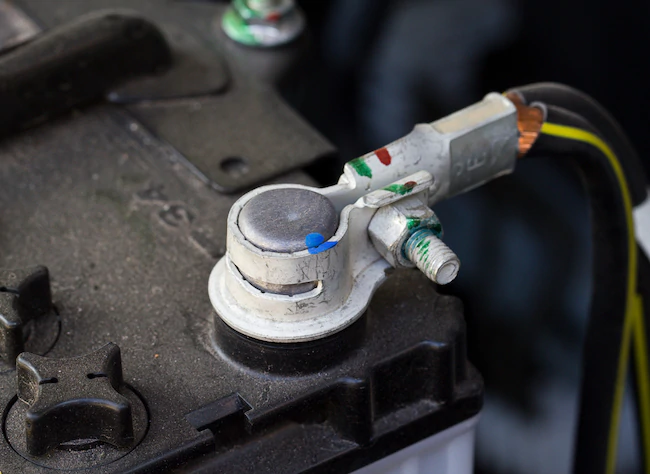
How to Clean Car Battery Corrosion?
There are various ways to remove corrosion from a car battery, including cleaning with a battery cleaner or baking soda and hot water. There are precautions you must take before and after cleaning, regardless of the method you select. Both approaches can be executed with ease.
Ensure That Your Car Had Been Turned Off
Before you clean the car battery, you must stop your vehicle. Since you’re going to touch the battery, this step is important for safety. Additionally, it stops cables from unintentionally grounding.
Remove the Cables, Working on the Negative One First
You would need to first use a wrench to remove the cables from a car battery in order to be able to thoroughly clean the corrosion off of it. However, before you can disconnect cables from them, you must first identify the positive and negative terminals. In order to prevent burns and electrocution, it is best to first disconnect the negative cable.
The negative terminal can usually be identified by a marking of the negative sign, the abbreviation “NEG” written on it, and/or the color black. The positive terminal comes with a marking of the positive sign, the abbreviation “POS” written on it, and/or the color red.
You must also be careful not to let the wrench come into contact with the positive terminal as you disconnect the negative cable. They might shock you if they make contact. Disconnecting the negative cable will allow you to proceed to the positive cable.
However, if you are having trouble taking out any of the cables, try twisting the cable as you are pulling it up.
Check the Car Battery for Any Damages
A damaged battery will show signs of warping, bulging, dents, or cracks where acid is leaking. If so, you would need to replace it.
Check the Car Battery Cables and Clamps for Any Damage
The insulation of the cables is a telltale sign of damage if it has been torn, frayed, splintered, peeled, dried, cracked, or corroded. A non-starting engine is typically due to damaged car battery cables. Any battery cables in your car will need to be replaced if you notice any of those damage indicators.
Clean Off the Corrosion With a Cleaning Agent Or Baking Soda With Hot Water
You can use a battery cleaning agent or baking soda and hot water to treat battery corrosion. Simply look up the instructions for the method you want to use below and follow them.
Method #1 – Using a Battery Cleaning Agent
Apply the cleaning agent to the corrosion on the battery, terminals, and cable. A few cleaning agents have the potential to leave a permanent stain, so take care not to let them touch the paint of the car.
Spend a few minutes letting the cleaning agent soak into the corrosion. With a toothbrush or a battery terminal cleaner brush, scrub the corrosion away.
Method #2 – Using Baking Soda With Very Hot Water
A baking soda & hot water cleaning solution can be applied in three ways:
- By combining a tablespoon of baking soda with a cup of extremely hot water, you can make a battery cleaning solution. After that, you would put the toothbrush into the mixture. Scrub the battery’s corrosion with the toothbrush to remove it all.
- A toothbrush or battery terminal cleaner brush can be used to scrub away at the corroded areas after applying a small amount of the solution directly to them.
- Baking soda can also be poured on top of corroded areas and coated. After that, slowly pour water onto the battery. Use a toothbrush or battery terminal cleaner brush to scrub off the corrosion afterward.
Additional tip: You can soak your battery clamps in your baking soda solution for a short while if they are corroded. Clean them after that. Repeat if necessary.
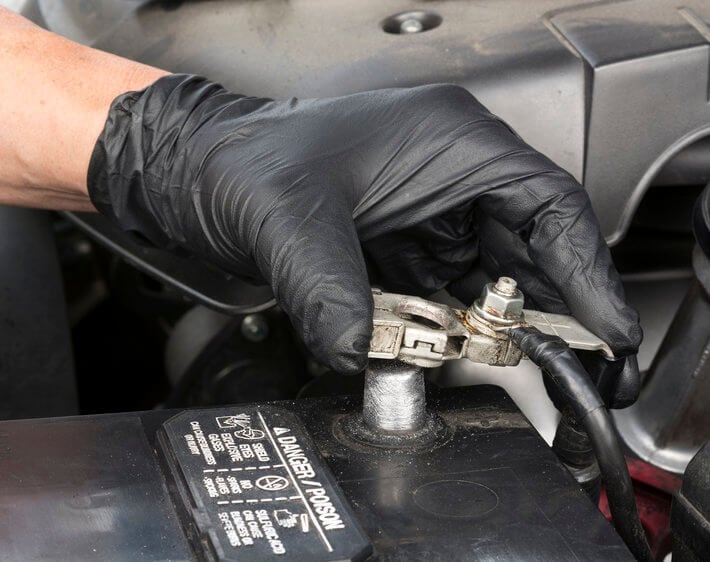
Rinse the Car Battery and Cables
Wash the cable ends and battery of the car with cool water. Be sure to thoroughly wash away any remaining corrosion and cleaning agent.
Dry the Battery
Electric components exposed to water may be dangerous. In order to reconnect the cables, you must first make sure that the battery, battery terminals, and battery clamps are completely dry.
Use a towel or cloth to dry them all off. You could also use an air compressor to blow the drying process along more quickly.
Apply Petroleum Jelly, Terminal Protection Spray, Or Anti-Corrosion Pads
Apply a thick layer of battery terminal protection spray or petroleum jelly to the terminals, posts, and clamps of your car battery to shield it from corrosion in the future. You can also use anti-corrosion pads that have been treated to prevent corrosion.
Reconnect the Cables, Starting With the Positive Cable
Instead of starting with the negative cable when reconnecting cables, do so to prevent harm. After that, connect the negative cable. The cables can be tightened using the wrench.
Once more, watch where the wrench is moving. Once the cables are reconnected, twisting them by hand will reveal whether they are securely fastened.
Read about Best Car Battery Charger
Benefits of a Clean Car Battery Terminal
Why is it critical to have the battery terminals on your car cleaned?
For starters, a dirty terminal can lead to a malfunctioning battery. Your car might have problems as a result of this, or it might not even start. Many lead acid batteries are prone to corrosion, and the best way to get rid of this buildup is with a thorough cleaning.
In addition, the colder months increase the risk of damage to car batteries. In light of this, the wintertime is a great time to have the battery terminal checked and cleaned.
Even if you don’t see any obvious issues with your car’s battery, scheduling a service appointment now could save you from a sticky situation later on.
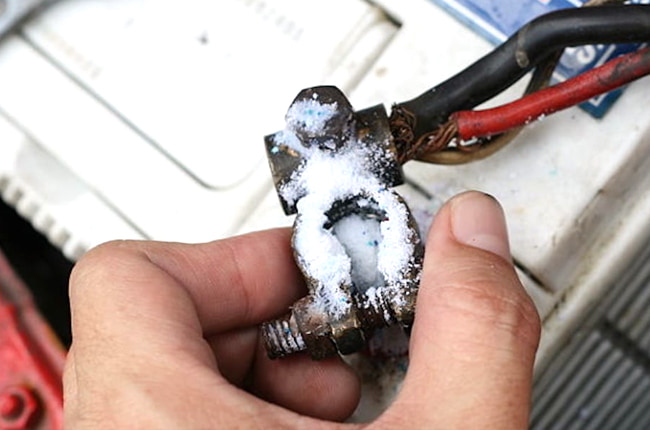
Read about How to Clean Car Battery Corrosion?
So, How to Clean Car Battery Terminals?
So, here’s how to clean car battery terminals:
- Ensure That Your Car Had Been Turned Off
- Remove the Cables, Working on the Negative One First
- Check the Car Battery for Any Damages
- Check the Car Battery Cables and Clamps for Any Damage
- Clean off the Corrosion With a Cleaning Agent or Baking Soda With Hot Water
- Rinse the Car Battery and Cables
- Dry the Battery
- Apply Petroleum Jelly, Terminal Protection Spray, or Anti-Corrosion Pads
- Reconnect the Cables, Starting With the Positive Cable
Feel free to post a comment if you have any queries.

